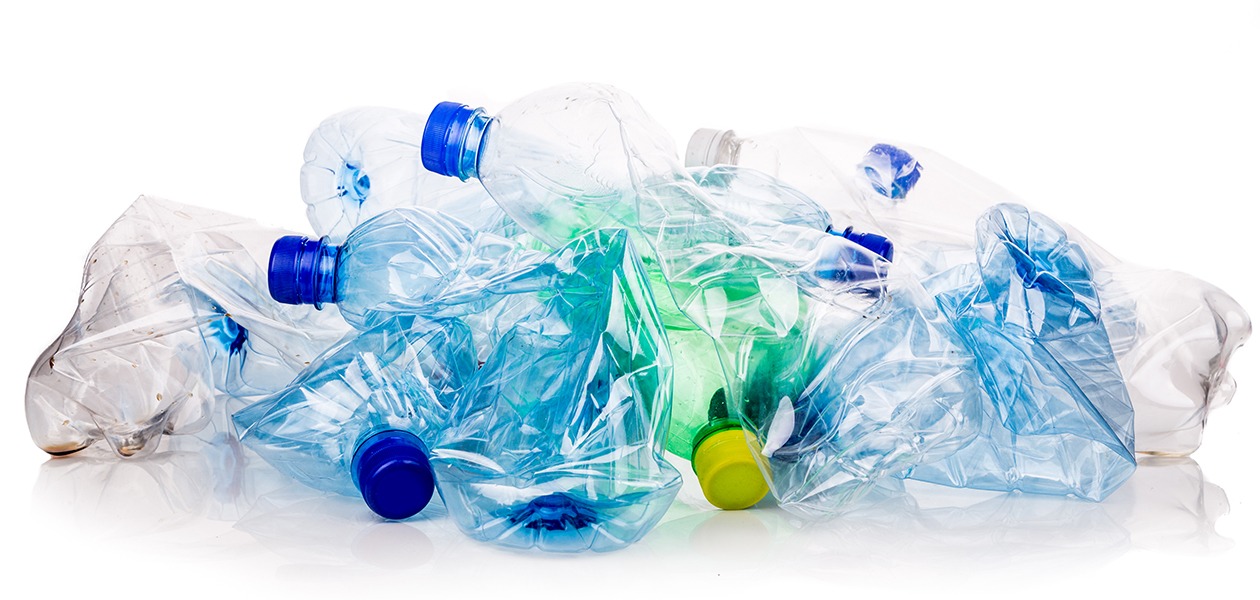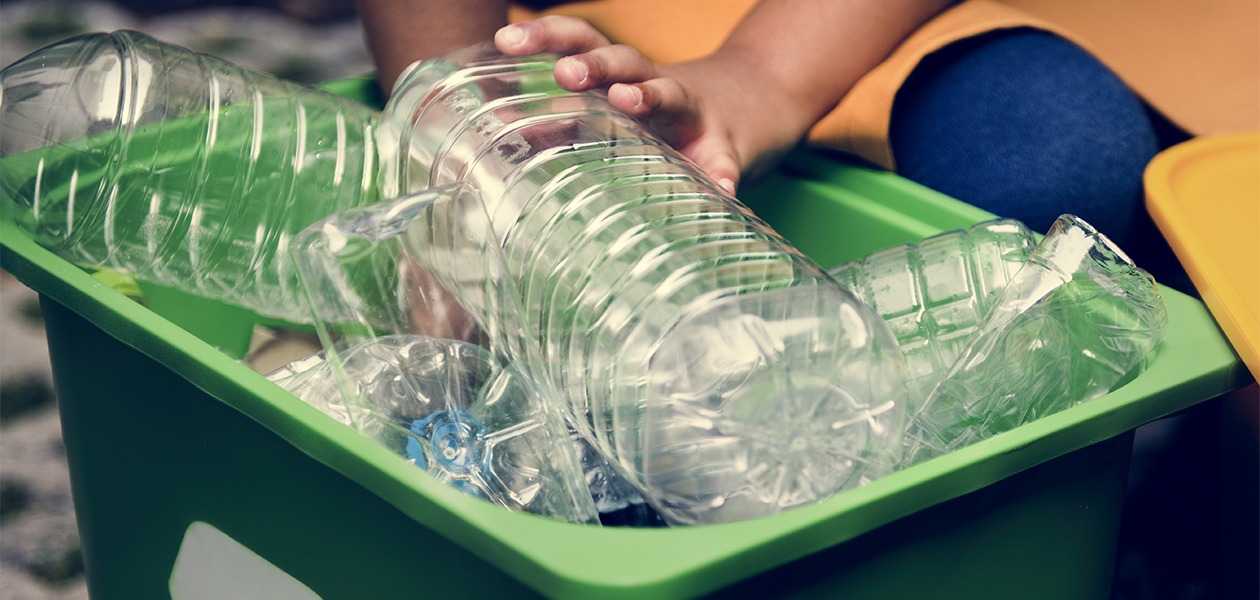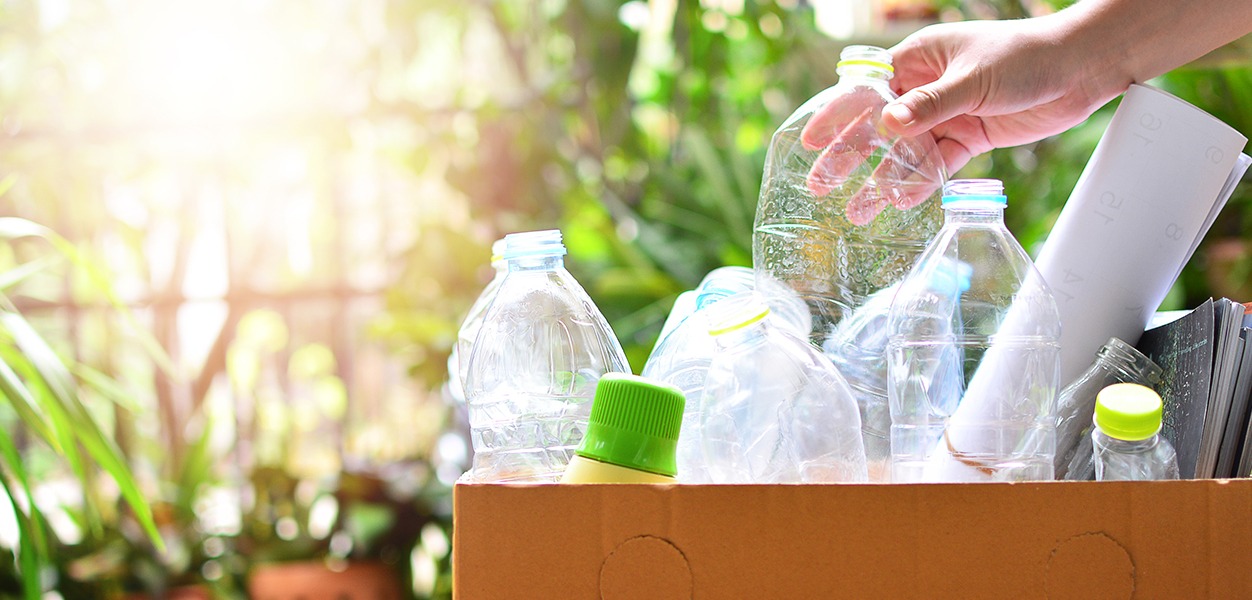These three new technologies could increase plastic recycling rates with more efficient and eco-friendly recycling processes.While putting plastic waste into the recycling bin might have a feel-good factor for the environmentally conscious ones among us, the odds of these actions making a significant difference are slim. The uncomfortable truth is that only 4% of the plastic waste in Singapore gets recycled in 2019; the rest is destroyed in incinerators. If burning plastic contributes to carbon dioxide emissions and releases harmful gasses into the environment, why is plastic being recycled at such a low rate?
As it turns out, recycling plastic waste is a complicated process. First, not all types of plastic can be recycled. Different types of plastic may be embedded in multi-layer packaging, which requires complex extraction processes before they can be recycled. Plastic also needs to be clean before it can be recycled—additional contaminants like labels, colour or food residue can get in the way—which adds extra steps to an already energy-intensive process. Furthermore, making new plastics out of old plastic waste still requires the addition of virgin plastic to maintain the material integrity of the recycled plastic.
But technology is helping to address these limitations. Check out these three TechOffers that look set to change the way plastics are recycled in the circular economy of the future.

Breaking down plastic waste with chemicals
Polyethylene terephthalate (PET) is a widely used plastic polymer, often found in food containers, liquid bottles, plastic film and synthetic fibres. Once discarded, PET waste is commonly recycled through direct material recycling, a physical process that involves shredding the plastic into smaller pieces to be reused as raw material for other plastic manufacturing. However, this method only works if the PET waste is absolutely clean—if the plastic is dirty or stained in any way, it usually ends up being incinerated instead.
However, a new chemical processing method will allow the recycling of both clean and dirty PET waste. Instead of physical shredding clean PET waste, this method uses an organic compound called ethylene glycol to break the waste down into more valuable components such as terephthalic acid, bis(2-Hydroxyethyl terephthalate) and dimethyl terephthalate. On top of that, the final purification step of this process increases the value of the final products, keeping operational costs low and revenue high while minimising secondary waste.

Harnessing the power of the sun
To make plastic recycling more eco-friendly and cost-effective, a university is developing technology that utilises sunlight and heat to trigger the chemical degradation of non-biodegradable plastics into more valuable components.
Aided by a combination of light and heat, chemical photocatalysts are used to break down waste plastics with a polyethylene backbone into useful chemical products such as formic acid, a highly-valued product used in fuel cells and cleaning agents. This process can handle some contaminants, potentially minimising the amount of energy-intensive pre-treatment and cleaning required for plastics to be recycled.
Currently, the technology has been tested on small amounts of polyethylene plastic, but the university is looking for a collaborator to scale up the process and test it on a broader range of plastic polymers. At the same time, they also plan on developing this process into a light and electricity-dependent system for countries that use renewable energy sources instead of heat.

Making the most of unsorted waste
One reason for the low rate of plastic recycling in Singapore is the high incidence of contamination with food. A single piece of contaminated plastic is enough to contaminate the contents of an entire recycling bin, undoing the efforts of those who carefully clean their recyclables. However, a new technology is being developed that can process a mixture of organic and plastic waste without the need for prior sorting.
In this system, a proprietary catalyst is used to convert a grinded mixture of organic and polyolefin-based plastic waste into carbon coke, nitrogen gas and water vapor. The catalyst enables the carbonisation reaction to occur at 150-200°C and atmospheric pressure, making it a low energy process. The system can accept up to 10% volume of polyolefin plastic for it to work efficiently. Depending on the input composition, the carbon coke produced for one of their trial cases is suited for use as biofuel.
The company is seeking potential adopters of the technology and is open for collaboration in the form of technology licensing agreement. They are also developing other types of catalyst that can depolymerise unsorted plastic waste into their monomers, which can be used as feedstock for the petrochemical industry.

